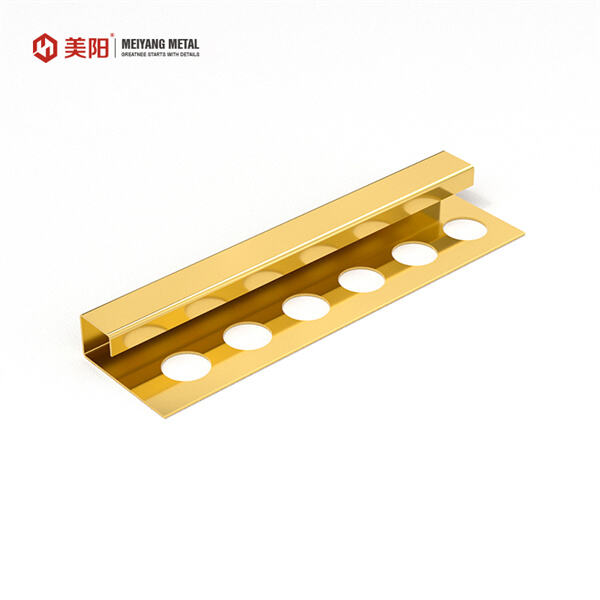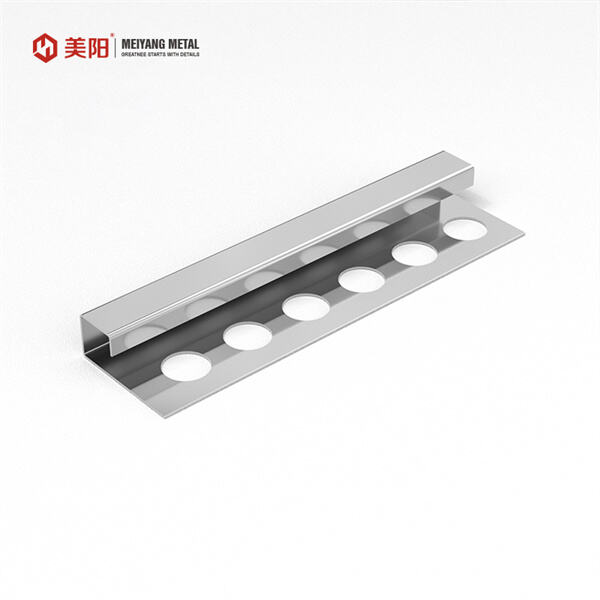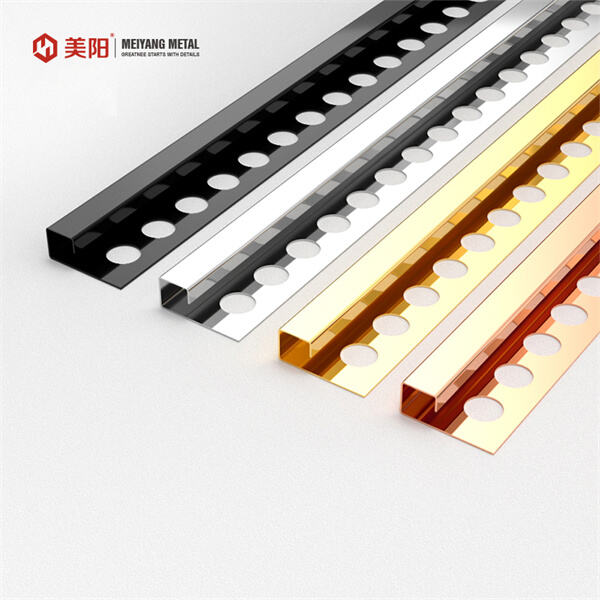Pembingkaian dan trim keramik digunakan pada penyelesaian pemasangan keramik. Tidak hanya memperbaiki tampilan keramik anda, tetapi juga melindunginya dari kerosakan. Projek keramik bermaksud lebih daripada hanya melepasnya. Sentuhan akhir juga sangat membantu dalam mengubah tampilan sebuah bilik atau merevitalisasi rumah anda dengan keramik yang dirancang menarik secara baru yang mungkin tidak pernah terfikirkan sebelum ini. Terdapat beberapa jenis pembingkaian dan trim yang boleh anda gunakan untuk memperbaiki projek anda. Hari ini kami akan menjelaskan kenapa anda memerlukannya. trim tepi keramik , jenis-jenis trim yang boleh digunakan bersama keramik anda, bagaimana cara memilihnya untuk projek pemasangan seterusnya DIY Tips isu pemeliharaan.
Penghiasan dan trim boleh meningkatkan penampilan keramik anda, serta keawetannya. Selesai penghiasan tepi keramik sebagai langkah terakhir — ini adalah perkara utama, kerana jika tidak, anda kemungkinan besar akan mempunyai tepi yang tajam pada keramik baru anda. × Ini juga mencegah keramik daripada retak atau terbelah. Anda akan menggunakan trim apabila projek keramik anda berpindah dari satu jenis keramik kepada yang lain dan membantu susunan untuk teruskan dengan rapi dan siap. Tugas pemasangan keramik anda tidak akan selesai tanpa ini, dan ia boleh meningkatkan tempoh perkhidmatan yang lebih panjang. Selain itu, penghiasan tepi yang diletakkan dengan baik boleh menghalang air/lumpur masuk ke tepi dan menyebabkan kerosakan lebih lanjut.
Pinggiran & Hiasan: Terdapat pelbagai jenis pinggiran dan hiasan yang boleh membantu memperindah keindahan til anda yang disesuaikan. Gaya umum termasuk bullnose (tepi bulat yang boleh melicinkan keseluruhan tampilan) dan flat liners (potongan lurus yang, jika ditambahkan pada dinding dalam corak mendatar atau menegak bersama jenis til lain bertindak sebagai aksen dekoratif). Selain itu, anda boleh memilih di antara bahan-bahan berbeza seperti logam atau plastik yang dihasilkan oleh pencetakan 3D dan batu alam. Terdapat faedah bagi setiap jenis pinggiran dan hiasan. Pinggiran logam, contohnya, tidak akan aus dengan cepat tetapi batu mungkin memberikan penampilan yang lebih mewah dan elegan. Oleh itu, sangat penting untuk menyiasat semua alternatif yang tersedia dan datangkan satu tampilan peribadi yang sesuai dengan reka bentuk anda.
Edging dan trim yang sesuai untuk projek anda akan dipengaruhi oleh apa yang anda ingin lakukan dengan gaya jubin, serta jenis jubin yang anda gunakan. Pertimbangkan warna, tekstur & jenis edging dan trim yang mungkin diperlukan untuk memastikan ia melengkapkan reka bentuk keseluruhan. Jika jubin anda sangat mencolok, menggunakan warna trim yang bercampur alih-alih menonjol akan menjadi perintah hari ini! Juga ingat untuk memastikan bahawa edging dan trim adalah besar atau kecil cukup untuk memadai mengelilingi jubin anda. Ia memberi rupa yang kohesif, digabungkan bersama-sama.

DIY Layari Nasihat DIY Cara Memasang Penyekat BeadboardArtikel ini akan membincangkan tips diy yang harus anda ketahui, secara spesifik berkaitan dengan pemasangan edging dan mold jubin.

Jika anda yakin dengan kemahiran anda dan mempunyai akses kepada alat yang sesuai, memasang tepi dan hiasan sendiri adalah mungkin. Langkah 1: Ukur dan potong tepi Hiasan pilihan So ini adalah untuk membaiki fit So bagaimana cara menambahkannya kepada jubin: Dengan lem atau paku. Perlu diperhatikan arahan khas bagi tepi dan hiasan anda, serta jubin anda mengenai penambahan beberapa lem atau paku. Selaras semuanya untuk mendapatkan penyelesaian yang kelihatan profesional. Masa yang banyak diluangkan dalam langkah ini akan benar-benar memberi hasil dengan penampilan projek anda pada akhirnya.

Setelah anda telah memasang tepi dan kerja trim, ia adalah perkara yang penting untuk menjaga mereka supaya mereka bertahan lama dan terus kelihatan cantik. Kain lembut dengan sabun ringan dan air hangat adalah sempurna untuk membersihkan tepi dan trim anda. Ia tidak hanya akan menjaganya kelihatan segar secara keseluruhan, tetapi juga membersihkan secara lembut. Jangan gunakan pembersih keras bersamaan dengan penyekaan kasar, kedua-dua perkara ini boleh merosakkan tepi dan trim. Jika anda melihat sebarang kerosakan, seperti terkelupas atau aus dari masa ke masa, ini akan menjadi penanda baik bahawa mungkin perlu digantikan untuk mengekalkan penampilan terbaik projek jubin anda! Kepada adalah elemen utama dalam menjaga projek anda cantik sepanjang masa.